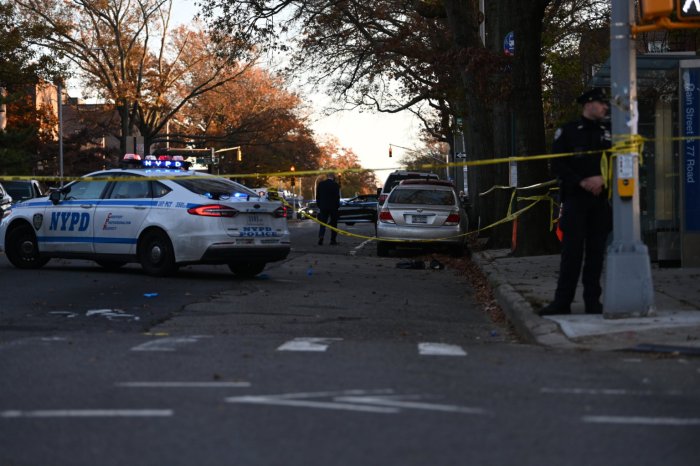By The TimesLedger
The Queens Historical Society will open a new exhibition on Sunday in Kingsland Homestead, its Flushing headquarters, entitled “The Twentieth Century Borough: One Hundred Years of Modern Architecture in Queens.” It will open at 3:30 p.m. with a reception and tour of the exhibition by curator and architectural historian, John Kriskiewicz.
Kingsland Homestead is located three blocks from downtown Flushing (#7 train) at 143-35 37th Ave., between Parsons Boulevard and Bowne Street. It is open Tuesday, Saturday, Sunday, 2:30 to 4:30 p.m. The exhibition will remain on view through March 2, 2003.
Compelling vintage photographs and images explore the changing facets of Modernism over a century of growth. Queens saw two waves of explosive growth in the last century that have come to define the physical make up of the borough. The two decades after World War I, followed by the two decades after World War II, saw the borough transformed from a collection of independent towns separated by acres of farmland to a sprawling arm of the metropolis.
“It is the story of a wholly 20th century borough shaped by social, political, economic and technological forces and expressed in the planning and architecture of New York City’s largest borough,” said Kriskiewicz.
The story begins with “Early Modern Queens, 1900 to the First World War,” the first years of development in the newly formed borough. “Inter-War Modernism, 1920 to the Second World War,” continues the story through the real estate boom of the 20s and the public works of the depression years of the 30s.
“Post-War Modernism, 1945-1975,” recalls the prosperous decades following the aftermath of the Depression and World War II. “Modernism Today, 1975-2000,” brings the story to the end of the 20th century.
This exhibition is supported, in part, by public funds from the New York City Department of Cultural Affairs; the New York State Office of Parks, Recreation and Historic Preservation, through the efforts of state Sen. Frank Padavan; and the Voelker-Orth Museum.





























